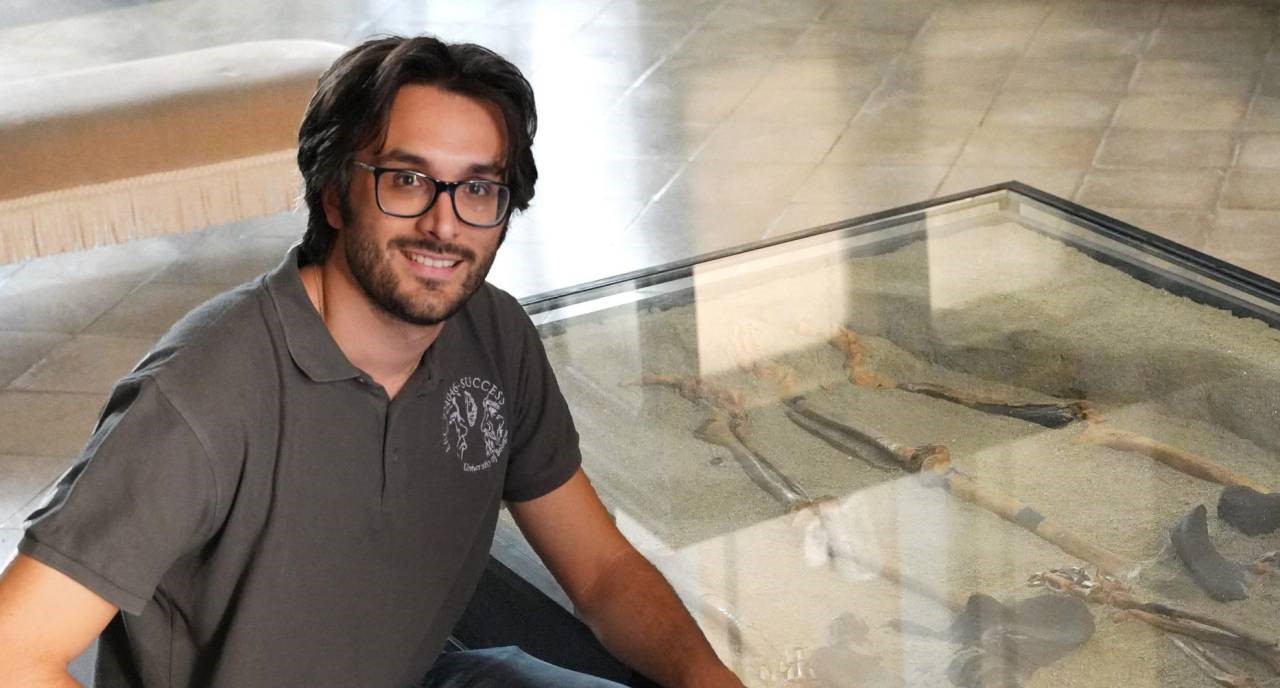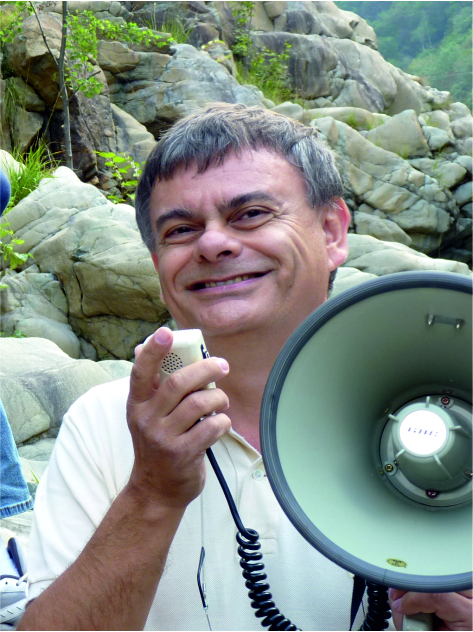RU Modena
| Home | Ferrara RU | Pavia RU | Modena RU | Padova RU | Napoli RU | Firenze RU |
|---|
Research unit of Modena
Aims
The RU of the Università di Modena and Reggio Emilia is investigating the subcontinental South American mantle through a large collection of xenoliths to constrain the evolution and role of the mantle in this region during several Large Magmatic Events related to the formation and break-up of super-continents (e.g. Columbia, Rodinia and Gondwana). The two main areas identified for this study are Patagonia and the orogenetic belts within Brazil. Brazil is mainly formed by old Proterozoic and Archean cratons fused together by orogenic belts (e.g. the Brasilia belt and the Araguaia belt) during super-continent cycles. Along these orogenetic belts, several magmatic events attest for these processes of amalgamation (Giovanardi et al., 2019a, b). In addition, due to the different rheological properties of cratonic areas and orogenetic belts, several events record re-activation of important geotectonic structures during the extensional processes that produced disruption of the supercontinents (Giovanardi et al., 2019a, b). The latest of these events is the opening of the Atlantic Ocean during the Cretaceous that broke up Gondwana. The beginning of the rift process is coeval and related to the world-scale magmatic event that produced the Central Atlantic Magmatic Province (CAMP). In Brazil, several magmatic bodies outcrop in orogenetic belts coeval to the CAMP magmatic event, from basaltic dykes and km-long lava flow in the Araguaia belt to alkaline and kimberlitic bodies in the Brasilia belt (named APIP). These bodies often contain mantle xenoliths, which allow us to investigate the sub-continental mantle column before, during and after the formation of the CAMP. Patagonia is a unique region on the Earth. Here, several magmatic events have sampled the sub-continental mantle column incorporating xenoliths into the rising melts. Several outcrops of basaltic lavas and pyroclastic structures containing mantle xenoliths have been recognized and sampled and will allow us to reconstruct the general characteristics of the subcontinental Patagonian mantle and a punctual knowledge of the mantle column in several sites (Mazzucchelli et al., 2019). The occurrence of the Pacific plate subduction below the South American continent increases the interest in these mantle xenoliths, because it is possible to observe the effect of the subduction almost all along the entire back-arc Patagonian basin up to 700 km of distance from the trench. The RU will study mantle xenoliths and mantle-related magmatic events to reconstruct the processes and the petrologic and geochemical characteristics of sub-continental mantle responsible for Large Magmatic Events. This will include a) the investigation of sub-continental mantle during extensional and pre-rifting setting causing mantle melting and b) the investigation of metasomatic processes related to subduction tectonic setting.
People
|
|
|
|---|---|
Prof. Anna CiprianiPrincipal Investigator;Associate Professor |
Prof. Maurizio MazzucchelliFull Professor; |
collaborators
 |  |
|---|---|
Dr. Tommaso GiovanardiResearch scientist; |
Dr. Federico LugliResearch scientist; |
Students involved (list of thesis)
Ivan Freddo - Master degree in Scienze e Tecnologie Geologiche - Thesis: 'Gli xenoliti di mantello di Canastra-01 (Minas-Gerais, Brasile) e Amorinopolis (Goias, Brasile)'. |  |
|---|



